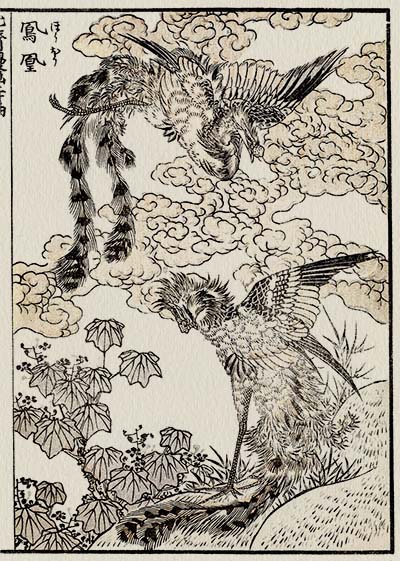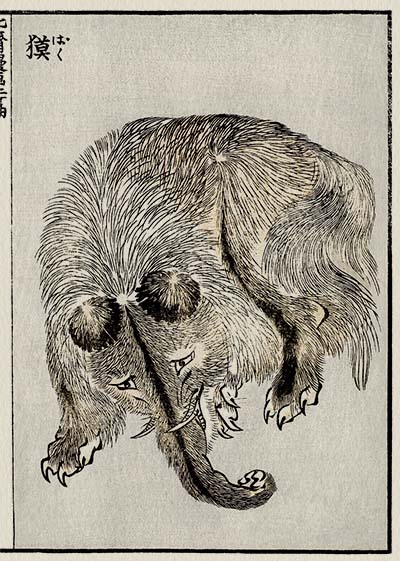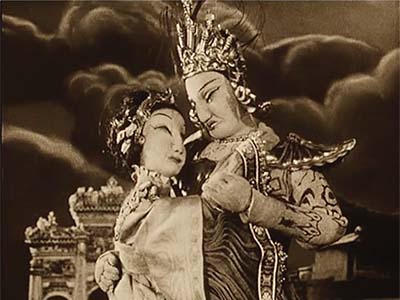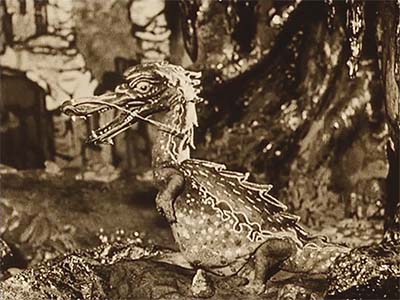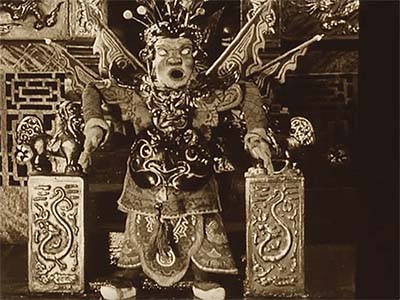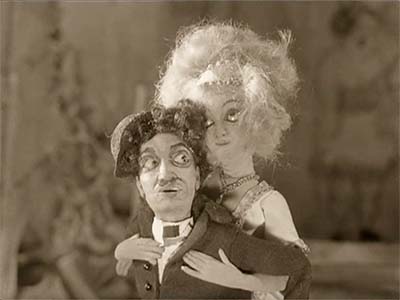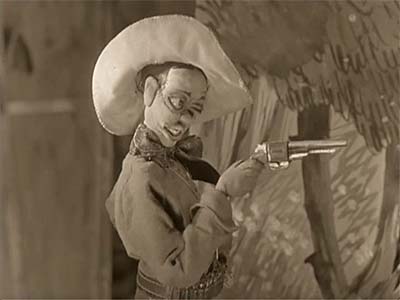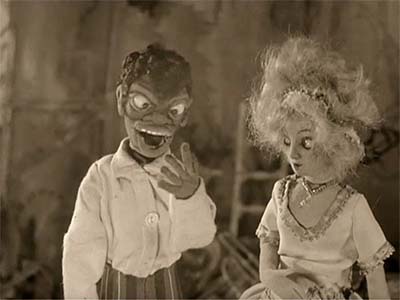People who aren’t members of Animation Resources don’t understand how comprehensive our Reference Packs are. Over the next couple of weeks, we will be posting what each section of our current RefPack looks like, starting today with the Featured section. If you are a member of Animation Resources, click on this post to go to the Members Only page. If you aren’t a member yet, today is the perfect time to join! Our current Reference Pack is one of our best yet, and General and Student Members get access to a special Bonus Archive with even more material from past Reference Packs.
What are you waiting for?![]()
JOIN TODAY!
https://animationresources.org/membership/levels/

Every other month, Animation Resources shares a new Reference Pack with its members. They consist of an e-book packed with high resolution scans and video downloads set up for still frame study. Make sure you download the Reference Pack before it’s updated. When it’s gone, it’s gone!
JOIN TODAY To Access Members Only Content
PDF E-BOOK:
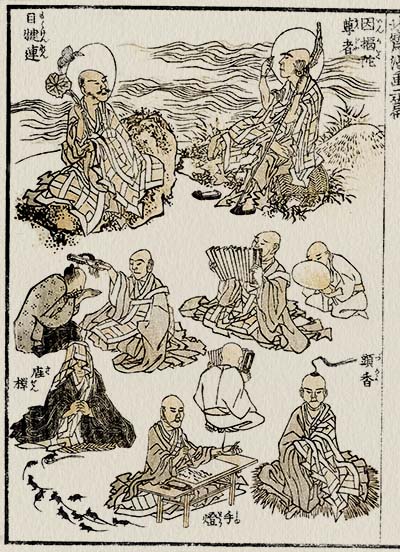
Hokusai Manga Volume 2![]()
Katsushika Hokusai / 1814
Download this article
Katsushika Hokusai was arguably the greatest artist Japan ever produced. Best known for his monumental set of woodblock prints titled Thirty-Six Views of Mount Fuji, his career spanned more than 75 years, and in his lifetime he produced more than 30,000 paintings, sketches and woodblock prints. Japan was closed to the Western world while Hokusai was living and working, but it didn’t take long after Japan’s borders were opened to the world for his fame spread to the West. He is now regarded as one of the greatest artists in the entire history of art.
Hokusai was born in 1760, the son of a mirror maker. At the age of six he joined his father painting decorations around mirror frames. When he was twelve, his father sent him to work at a bookseller, where he was surrounded by books full of beautiful woodblock prints. This inspired him to apprentice with a woodblock carver, which eventually led him to joining the studio of Katsukawa Shunsho, a prominent artist who designed woodblock prints. He worked in Shunsho’s studio and studied under him for over a decade.
Today we think of woodblock prints as fine art. That’s a logical expectation, since the style derived from Chinese fine art painting. But at this time in the history of Japan, woodblock prints were considered to be disposable pop culture. Known as “ukiyo-e”, which translates to "floating world", the prints depicted popular courtesans and kabuki actors, who were much like the movie stars and pop idols of our time. One series of prints even featured the prettiest waitresses at Edo restaurants. The customers for these prints were citizens of the merchant class, low ranking shopkeepers and dealers who had begun to accumulate wealth and were eager to spend it on “wine, women and song”. The term ukiyo-e started off as a joke. The phrase itself sounded like a Buddhist term meaning “the world of sorrow and grief”. But the “floating world” was actually a nickname for Edo’s red-light district, which was surrounded by canals that made it appear to be floating on water.
Ukiyo-e prints were mass produced in much the same manner… A publisher would commission an artist to create a painting. Then a skilled carver would translate that painting into hand carved printing blocks. A printer would ink the blocks and transfer the image to paper using pressure. There were specialists in each area. Usually the artist had no contact with the people carving and printing his images. However, Hokusai’s experience as a woodcarver’s apprentice gave him an edge; and throughout his career, he kept close tabs on how the prints he designed were being printed.
Hokusai’s master, Shunsho died in 1793. This prompted Hokusai to began searching for a style of his own. He ran across some Dutch and French copper engravings and began to experiment applying Western techniques and perspective to the principles he had learned from Shunsho. At this time, he also took studies at the Kano school, which was a rival to the one he belonged to. This enraged Shunsho’s main follower Shunko, who expelled Hokusai from the group of artists at the studio. Instead of discouraging Hokusai, this gave him added energy. He said of the event, "What really motivated the development of my artistic style was the embarrassment I suffered at Shunko’s hands."
Hokusai’s subjects began to expand beyond portraits of kabuki actors and geisha. He created illustrated humor books, fantasy novels, erotic art and scenes of everyday life. With Famous Sights Of The Eastern Capital and Eight Views of Edo he explored landscape painting. Hokusai’s draftsmanship was well respected, and his fame grew exponentially over the next few years… but it didn’t go to his head. He always maintained a sense of humor about himself. At a festival he painted a huge portrait of a Buddhist monk named Daruma with brooms and buckets of paint. And at another, he painted a blue curve on a piece of paper, dipped a chicken’s feet in red paint, and had it run across the picture. He then presented the image to the presiding shogun as a landscape of the Tatsua river with red maple leaves floating in it. The unusual painting won first prize in the competition.
Hokusai’s fame attracted talented young artists, eager to study under him. He took on 50 pupils over the years. In 1812, he found himself in need of some quick money, and decided to publish an art manual called Quick Lessons In Simplified Drawing. The book was surprisingly successful, so the following year, he published the first volume of a series of sketchbooks known as Hokusai Manga. At that time, the word “manga” meant “random drawings” and that is exactly what his first volume consisted of… scenes of everyday life, animals, plants, landscapes, rendering experiments… the book contained very little text, just lots and lots of amazing drawings.
In our internet age, it might not be obvious what the purpose of this kind of book would be. If we want reference for what an ox looks like, or how to group leaves on a bush naturally, we just type a search term into Google and we are presented with dozens of options. But in the early 19th century, reference like this was not as easy to come by. Hokusai would go out into the world and draw everything he saw in his sketchbook. He would study the way people interact and move, the anatomy of a goose, how forms overlap on hills and mountains, and the groupings of buildings in a village. These studies would be arranged into books he would refer to when designing a woodblock print that required these sorts of elements. The sketchbooks would then be shared with students as a “copy book” so they could duplicate his sketches to learn from the master by recreating the way he constructed his drawings. The first volume of Hokusai Manga, titled "Brush Gone Wild" was published in 1814 to great success. In subsequent years, he published 13 volumes in total, with his students adding two more to the set after his death.
The importance of these little sketch books can’t be overestimated. In 1831, lithographs made from the pages of Hokusai Manga were published in Germany, and in 1854 when Commodore Matthew Perry opened communication with Japan to the West, importers struggled to fill the demand for the books in European capitals. Even though there were huge cultural differences, and Japan remained a mystery to Westerners, Hokusai’s artistic importance was immediately recognized for its vitality, innovative compositions, naturalism and draftsmanship.
The volunteers of Animation Resources have taken great pains to insure that Hokusai’s genius is not undermined by poor reproduction. Hundreds of hours of careful digital restoration has gone into this e-book to create the ultimate version of Hokusai’s masterwork. If you would like us to share more volumes from this set with you, let us know.
PDF / 76 Pages / 192 MB Download
JOIN TODAY To Access Members Only Content
Two Shorts By Ladislas Starevich
![]()
Les Yeux Du Dragon / Amour Blanc Et Noir (1932)
Ladislas Starevich created the first puppet animation film in 1912 and continued to work in the medium for half a century. He was born in Russia to Polish parents in 1882 and emigrated to France soon after World War I. Assisted by his wife, who made the costumes for the puppets, as well as his daughter and son, Starevich produced a large and varied filmography.
"Les Yeux Du Dragon" is an incredible film, packed with beautiful designs and lighting effects. The story, which is supposedly based on a Chinese legend, strays more towards melodrama at times, but the large exotic sets create an enveloping atmosphere for the film. There are many interesting details in the animation. The dragon breathes and there is motion blur in the scene where the villain lifts his henchmen into the air. There are many moments of clear pantomime acting as well thanks to the clever versatility of the armatures in the puppets. You’ll want to do frame captures of compositions and still frame through the animation in this one.
"Amour Blanc Et Noir" imitates American slapstick comedies, to the point of including puppets based on Snub Pollard and Charlie Chaplin; but in so doing repeats some of the most unpleasant stereotypes of this period. If you can get past that, there’s a lot to be learned from this short. The personality of each character is sharply defined in their walks and movements, and the facial expressions are remarkably expressive. The pratfalls are well timed and played with motion blur in the fastest action, and although the sets aren’t as elaborate as in the previous short, they are functional and frame the action well. The real standout here is the character animation though. It’s some of the most nuanced acting I’ve ever seen with stop motion puppets.
Starevich was probably the greatest stop-motion animator who ever lived. As you watch these films, I think you’ll be struck at how lifelike the puppets are. This is partly because he sometimes made puppets from bits of real animals and insects! But the most impressive aspect of the animation is the timing. Often, stop-motion animators use snap-to-pose animation with holds to get across attitude and movement. It simplifies the timing and increases clarity. Starevich animated differently. Primary and secondary action overlap and flow, giving the figures continuous life. There are some extremely sophisticated scenes here with characters acting and reacting to each other expressively, and complicated action choreography, complete with motion blur. Starevich makes it all look easy.
MP4 Video File / SD / 19:06 / 629 MB Download
MP4 Video File / SD / 13:56 / 194 MB Download
JOIN TODAY To Access Members Only Content
Haven’t Joined Yet?
Check out this SAMPLE REFERENCE PACK! It will give you a taste of what Animation Resources members get to download every other month!

CLICK TO DOWNLOAD A Sample RefPack!
Animation Resources is a 501(c)(3) non-profit arts organization dedicated to providing self study material to the worldwide animation community. Every month, we sponsor a program of interest to artists, and every other month, we share a book and up to an hour of rare animation with our members. If you are a creative person interested in the fields of animation, cartooning or illustration, you should be a member of Animation Resources!
It’s easy to join Animation Resources. Just click on this link and you can sign up right now online…
JOIN TODAY!
https://animationresources.org/membership/levels/
![]()
![]() Animation Resources depends on your contributions to support its projects. Even if you can’t afford to join our group right now, please click the button below to donate whatever you can afford using PayPal.
Animation Resources depends on your contributions to support its projects. Even if you can’t afford to join our group right now, please click the button below to donate whatever you can afford using PayPal.















